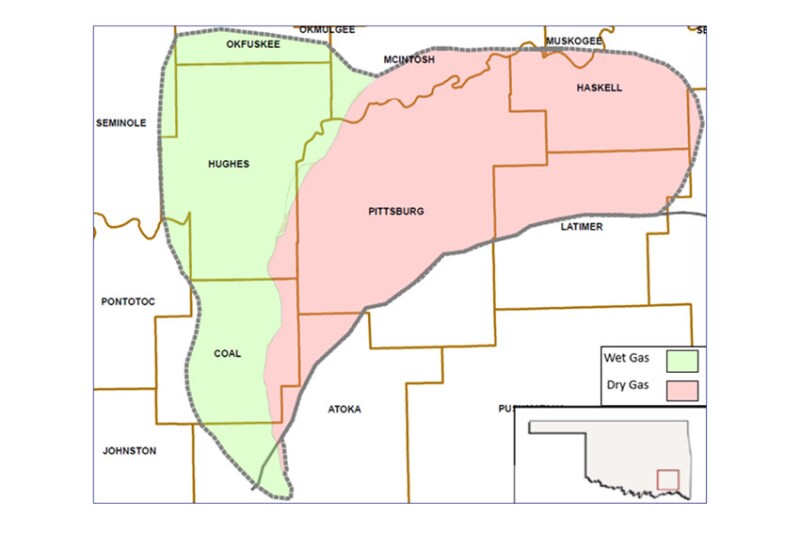Subsurface complexities related to the formation of peripheral foreland basins can have significant effects on unconventional resource development. In the Arkoma Basin of southeast Oklahoma, the onset of thrusting and tectonic loading induced a complex series of dip/slip and strike/slip faults during basin formation. The operator used a series of technologies to increase understanding of the reservoir and its hazards and provide insight into economic implications for future development plans and strategies.
Introduction
The Woodford is primarily a Type II kerogen source rock. The formation typically is classified as either siliceous mudstone or cherty siltstone.
×


Continue Reading with SPE Membership
SPE Members: Please sign in at the top of the page for access to this member-exclusive content. If you are not a member and you find JPT content valuable, we encourage you to become a part of the SPE member community to gain full access.

